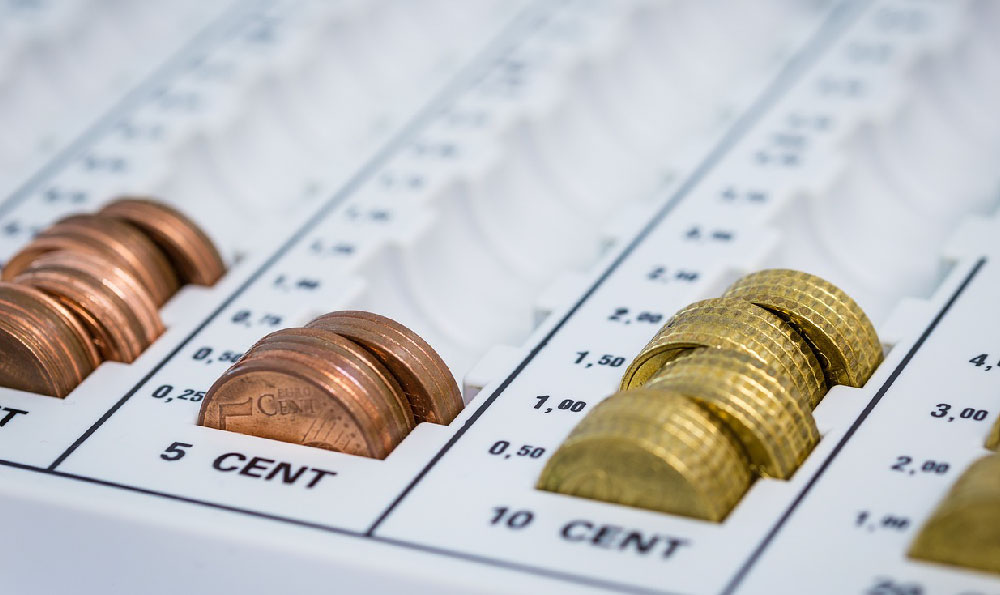How Much Money Can You Make, and Is Donating Plasma Worth It?

Donating plasma has become a prevalent topic, especially in discussions surrounding supplemental income. The questions of how much one can potentially earn and whether the process is "worth it" are frequently raised. A comprehensive analysis requires considering the financial incentives, the time commitment, the potential health implications, and the individual's specific circumstances.
The financial aspect is undoubtedly a primary driver for many considering plasma donation. Compensation rates vary significantly based on several factors. Donation center location plays a crucial role, as centers in areas with higher demand or a lower supply of donors often offer more competitive rates. First-time donors are often incentivized with higher initial bonuses to encourage participation and establish a consistent donation schedule. The frequency of donations also impacts earnings; most centers allow donations up to twice per week, and consistent donors may receive tiered bonuses or loyalty programs that increase their payout over time. Specific promotions and referral programs can further augment earnings. Generally, one can expect to earn anywhere from $50 to $100 per donation session, although these figures are subject to change based on the aforementioned variables. Multiplying that by two donations per week could potentially yield between $400 and $800 per month. However, it's critical to understand that this is a gross figure; further considerations detailed below will help determine the net benefit.
The time commitment involved in plasma donation is a substantial factor to weigh against the potential financial gains. A typical donation session, including registration, a brief medical screening, the actual plasma extraction process, and post-donation observation, can take anywhere from one to three hours. First-time donors typically experience a longer initial visit due to the more extensive registration and screening processes. Factoring in travel time to and from the donation center, the overall time expenditure can become significant. For individuals with busy schedules, juggling work, family responsibilities, or other commitments, the time investment associated with donating twice a week might prove challenging and may effectively reduce the perceived value of the financial compensation. To truly assess whether it's "worth it," one must evaluate the opportunity cost – what else could they be doing with those hours, and what is the potential value of that alternative activity, be it working, studying, or pursuing other income-generating opportunities?

The potential impact on one's health and well-being is perhaps the most important consideration. While plasma donation is generally considered safe when performed under proper medical supervision, potential risks are involved. Common side effects include dehydration, fatigue, dizziness, bruising at the injection site, and, less frequently, more serious complications such as allergic reactions or infections. The donation process involves the removal of plasma, the liquid portion of the blood, and a temporary drop in blood volume can lead to some of these symptoms. Donors are typically advised to drink plenty of fluids before and after donation to mitigate dehydration. Furthermore, maintaining a healthy diet rich in protein and iron can help replenish the components lost during the donation. It's imperative to honestly assess one's current health status and consult with a healthcare professional before embarking on a plasma donation regimen. Individuals with pre-existing medical conditions, particularly those related to blood disorders or immune deficiencies, may be advised against donating. Adherence to the donation center's guidelines and following post-donation care instructions are crucial for minimizing risks.
The "worth" of donating plasma is ultimately a highly personal and subjective determination. It hinges on a meticulous evaluation of the financial benefits weighed against the time commitment and potential health considerations, all filtered through the lens of individual circumstances. For someone facing financial hardship, unemployed, or seeking a way to supplement their income, the potential earnings from plasma donation can provide a valuable lifeline. However, for individuals with ample income sources or those who prioritize their time and well-being above all else, the time commitment and potential health risks might outweigh the financial gains.
A more comprehensive approach involves calculating an effective hourly rate by dividing the total monthly earnings by the total hours spent donating. This allows for a direct comparison to other potential income-generating activities. It’s also prudent to track any expenses associated with donation, such as transportation costs or the cost of supplemental hydration and nutrition. This provides a more accurate picture of the net financial benefit.
Furthermore, consider the societal benefit. Plasma is used to create life-saving therapies for individuals with a variety of medical conditions, including immune deficiencies, bleeding disorders, and burn victims. Donating plasma contributes to this vital supply chain, and for some, this altruistic aspect adds significant value to the experience, independent of the financial compensation.
In conclusion, the amount of money one can make donating plasma varies widely, influenced by location, frequency, and promotions. Whether or not it's "worth it" is a multifaceted question requiring a careful balancing act between potential financial gains, time investment, health implications, and personal values. A thorough evaluation of these factors is crucial for making an informed and responsible decision.















